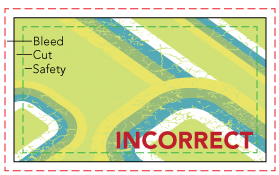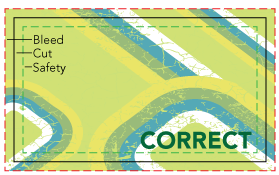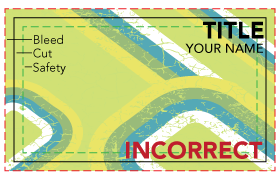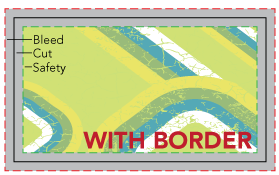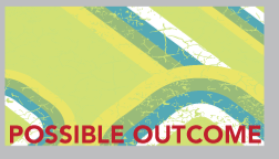FAQ
Vector images use mathematical equations to define each component of an image. This allows vector images to retain their high-quality at any size. Programs like Adobe Illustrator, Corel Draw, or Adobe Freehand use vector graphics. Vector images should be used for all text and logos if possible. They result in the clearest image and can be re-sized without losing resolution. A raster image is composed of a collection of tiny dots called pixels. When these pixels are small, and placed close together, they fool the eye into forming a single image. Raster images work great when subtle gradations of color are necessary. Because they contain a fixed number of pixels, a major disadvantage of raster images is that their quality suffers when they are enlarged or otherwise transformed. We would also recommend fonts and logos to be vector for print with maximum clarity.
Explain in depth the question. Make sure that the explanation clearly answers the objections that visitor has on their mind. The frequently asked questions section is a great way to clear up any objections that the buyer might have and push then a step ahead to make that purchase.

High-quality printing delivered to your door. For businesses with better things to do than worry about the logistics.
Contact
© 2022 Whiterock | Reid Inc. All Rights Reserved.
